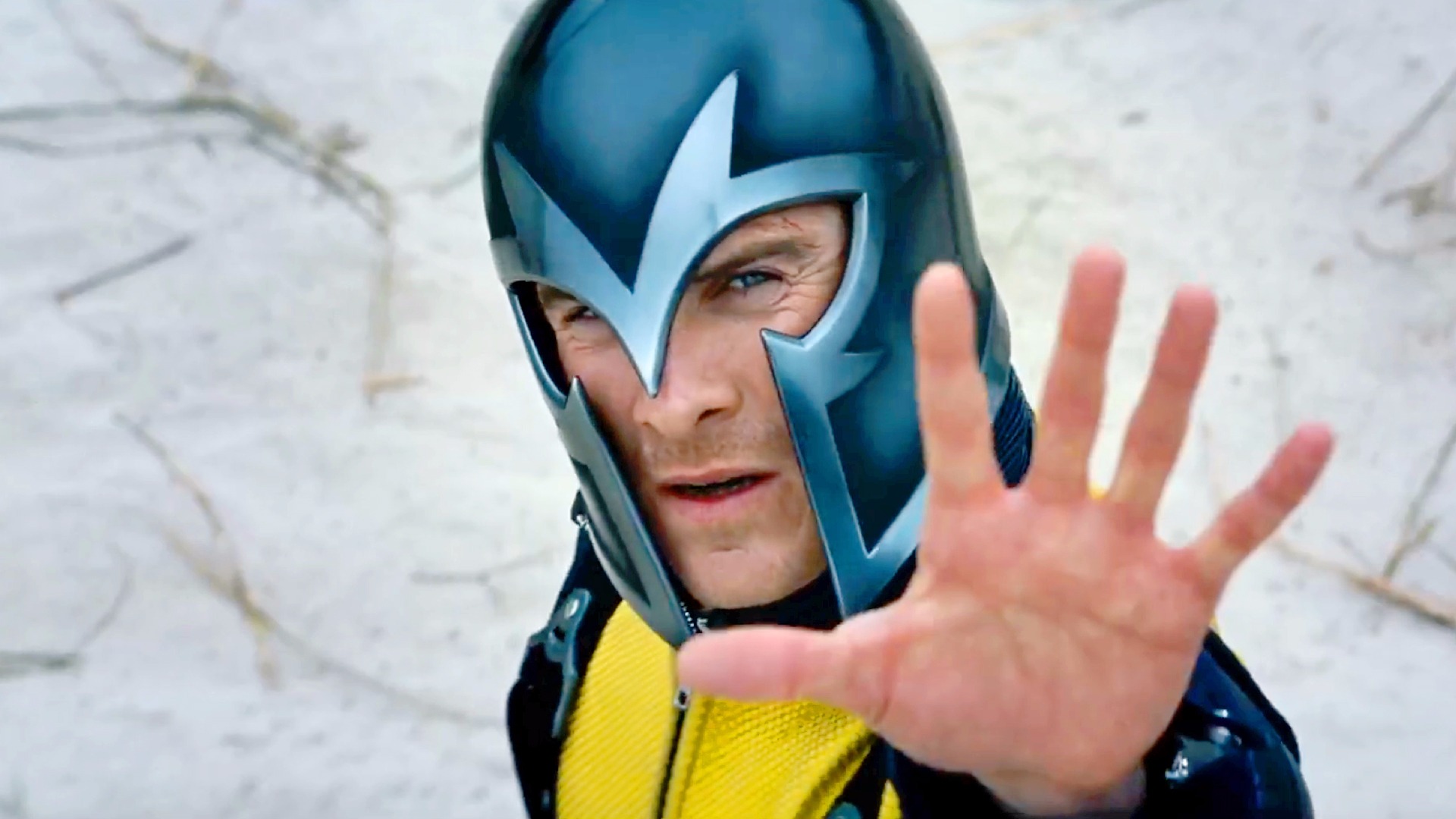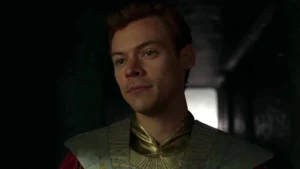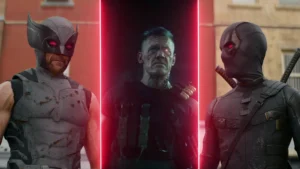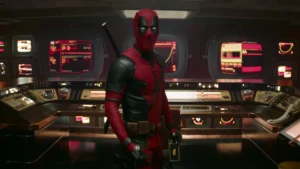A movie that perfectly describes the human and mutant mindset and also tells the origin story of Charles Xavier and Magneto—who wouldn’t want such a movie? When this movie was released, many fans felt that the X-Men franchise had been rebooted. However, if you look at the X-Men timeline, this movie is not a reboot but a prequel. The X-Men movie released in the year 2000 is considered one of the best X-Men movies, introducing us to some fantastic X-Men characters. This movie was very different from other action movies, but it also paid homage to the original trilogy and showed the audience a fresh direction with a young cast. Bryan Singer also returned for this project, but this time not as a director but as a producer. Today we are going to talk about X-Men: First Class, which was released in 2011.
X-Men: First Class is the fifth film in the X-Men film series, where everything seemed like it was starting from the beginning. This film was released to the audience on June 1, 2011. It cost Fox $160 million to make this film, and although it earned $352 million at the box office, it did not leave the mark that the previous X-Men movies did. However, its numbers were close to the first X-Men movie, which is why executives considered this film successful. The critical response to this movie was also good. The movie’s solid script, the director’s stylish approach, and the actors’ powerful performances earned it an 86% Certified Fresh on Rotten Tomatoes and a 7.7 rating on IMDb.
The story of the movie starts in 1944 in a concentration camp, where German officer Klaus Schmidt sees young Erik Lehnsherr bending metal gates and forces him to show his powers by killing his mother in front of him. On the other side, in Westchester, young Charles Xavier meets Raven and invites her to live with him. Eighteen years after these events, we see adult Erik hunting Klaus Schmidt, while the CIA also searches him. They discover not only the existence of mutants but also that Klaus Schmidt, now working under the name Sebastian Shaw, wants to deploy American nuclear missiles in Turkey. Moira MacTaggert meets Charles Xavier, and Charles meets Erik Lehnsherr, where they together look for more mutants for CIA’s Division X. Later, Erik, Charles, and Moira understand Sebastian Shaw’s mission, where he wanted to cause World War III to increase the mutant population through radiation. According to him, mutants are the future. On the other hand, Sebastian Shaw attacks the Division X facility and takes Angel with him. Sebastian Shaw successfully installs missiles in Cuba from Russia to start the war, but Xavier and Erik, along with the entire team, go to stop him. Erik admits in front of Shaw that his future for mutants is right, after which he takes his revenge. Then, he tries to attack the Russian and US ships at the same location, but Charles tries to stop him and in the process, Charles loses his legs. And thus begins the enmity between Charles Xavier’s X-Men and Magneto’s Brotherhood.

Wolverine’s cameo in the movie was very random, and Hugh Jackman agreed to it only when he found out that he was the only actor in the movie who would swear. Originally, he was given the dialogue “f*ck off,” however, after saying “f*ck off” in seven takes, in the eighth, Hugh Jackman said “go f*ck yourself.” The surprise on James McAvoy and Michael Fassbender’s faces at this moment is genuine.
You might feel that the movie is mostly focusing on Magneto’s origin story, where initially his powers are realized and, in the end, he also takes revenge on the villain but also supports his ideology. You could say this movie is X-Men Origins: Magneto, and originally Fox was making just that. Sheldon Turner had worked on this movie’s script, but due to the writer’s strike from 2007 to 2008, this movie was canceled. However, this solid script was incorporated into X-Men: First Class, and somewhere X-Men Origins: Magneto was found in it. Matthew Vaughn directed this movie. Producers approached Matthew Vaughn after seeing his 2010 movie Kick-Ass, where Bryan Singer became a producer in this movie. Matthew Vaughn told all actors to stay away from accents and give their angle to portray the character.
Initially, James McAvoy, who played the role of Professor X, was going to play this role in Patrick Stewart’s voice, but he was advised against it. Michael Fassbender, who played Magneto, also came prepared by studying Sir Ian McKellen’s performance but gave his version of Magneto after reading the comic book.

In the movie, we see Alexander Summers, known as Havok, who is Cyclops a.k.a. Scott Summers’ brother. In the comics, Havok is Cyclops’ younger brother, while in this movie, he is shown as the older brother. In the comics, Scott does not know, but he has another brother, Vulcan, an Omega-level mutant who can manipulate, control, and absorb cosmic energy, even his brother’s optic blast.
This movie very clearly tells us why Magneto agreed with Sebastian Shaw’s exclusivist views and why Xavier believed that humans and mutants could live together happily. Magneto has seen from childhood how the bad people of Germany were after his people based on religion, so acceptance for his mutant genes was far-fetched. Meanwhile, Charles Xavier came from a wealthy family; he knew about all the problems but had not experienced the troubles that Erik had. Erik felt how far people could fall in the name of discrimination.
In the movie, we see Riptide in Sebastian Shaw’s group, a mutant who can create storms, but in the movie, neither his real name nor his mutant name was mentioned. Also, in Days of Future Past, where missing and dead mutants were acknowledged, Riptide was not there.
Preparing for his role, James McAvoy shaved his head, but later found out that in this prequel movie, Xavier would have hair, so he had to work with hair extensions for the first month of filming. In the last fight, we see Charles Xavier and Erik Lehnsherr using their powers, but director Matthew Vaughn felt that showing these two in a normal fistfight in the origin story would be better. The studio told him that people wanted to see superheroes using their powers, to which Matthew Vaughn explained that sometimes a fight between two friends looks childish, and that’s what happened here.
Sebastian Shaw’s persona was captured from the qualities of German scientist Josef Mengele, a real SS officer during World War II who experimented on and tortured people, often children, whom he won over by giving candy. At 28 minutes in the movie, when Professor Charles Xavier is giving a presentation on human genetic mutation at CIA headquarters, on the left-hand image of his final slide projection, you can see a graphic origin of the X-Men logo. It’s an X-ray crystallography image of a DNA molecule created by Dr. Rosalind Franklin, who helped Dr. Francis Crick and Dr. James Watson discover the double helix shape of DNA, for which they received a Nobel Prize.
In the movie, the X-Men’s uniform is blue and yellow, a tribute to Jack Kirby, who gave the original X-Men team this outfit in the 1963 X-Men comics. The original X-Men team shown in the movie was different from the comics. In the comics, the team included Cyclops, Jean, Iceman, Beast, and Angel, while here the team was very different.
In the movie, Ludger Pistor and Wilfred Hassel played the roles of German soldiers, where Michael Fassbender’s character confronts them. Both actors played German soldiers, and Michael Fassbender had another film in 2009, Inglorious Basterds.
In this movie, we saw a different Agent Stryker. Don Creech played this Agent Stryker, who is the father of that William Stryker who experimented on Wolverine, which we see in Days of Future Past and Apocalypse. Stryker’s son’s name is also William, while in the movie credits, Don Creech is mistakenly called William Stryker.

When Mystique is in Erik’s room, the famous meme comes out, “I prefer the real Raven,” where Mystique, when she ages, looks like Rebecca Romijn, the original Mystique shown in the X-Men trilogy. It was a very awesome cameo that hardcore fans noticed.
X-Men: First Class expertly combines a compelling story with significant character development to reinvent the beginnings of some of the most well-known characters in the X-Men universe. In addition to examining the intricate relationship between Erik Lehnsherr and Charles Xavier, this movie lays the groundwork for potential rivalries and coalitions in the future. It provides a moving look at the mutant fight by delving into the core of what makes us unique and how those characteristics determine our fates. This movie is a pivotal point in the X-Men saga because of its sharp writing, outstanding acting, and deft integration of historical background with superhero action.






